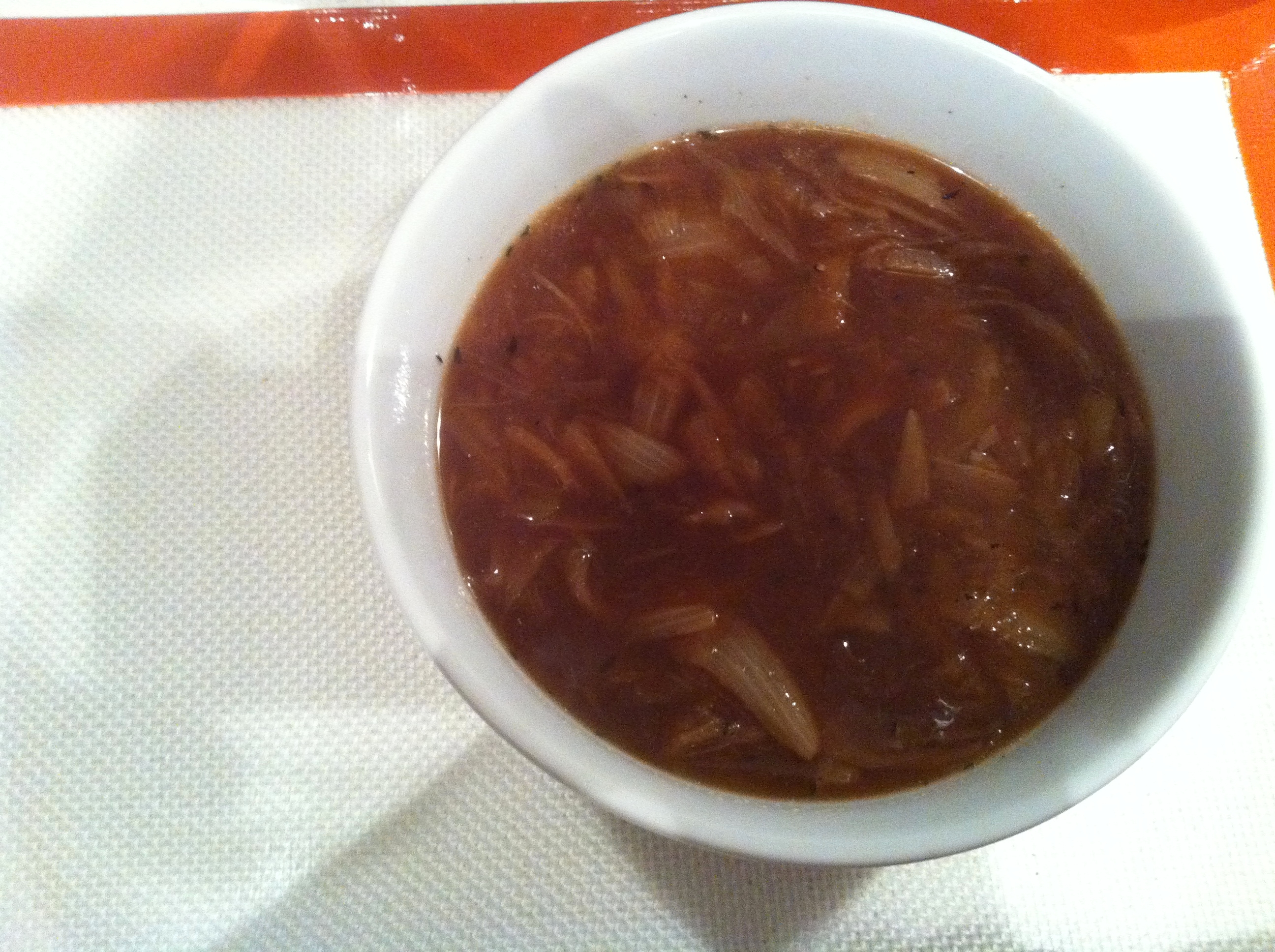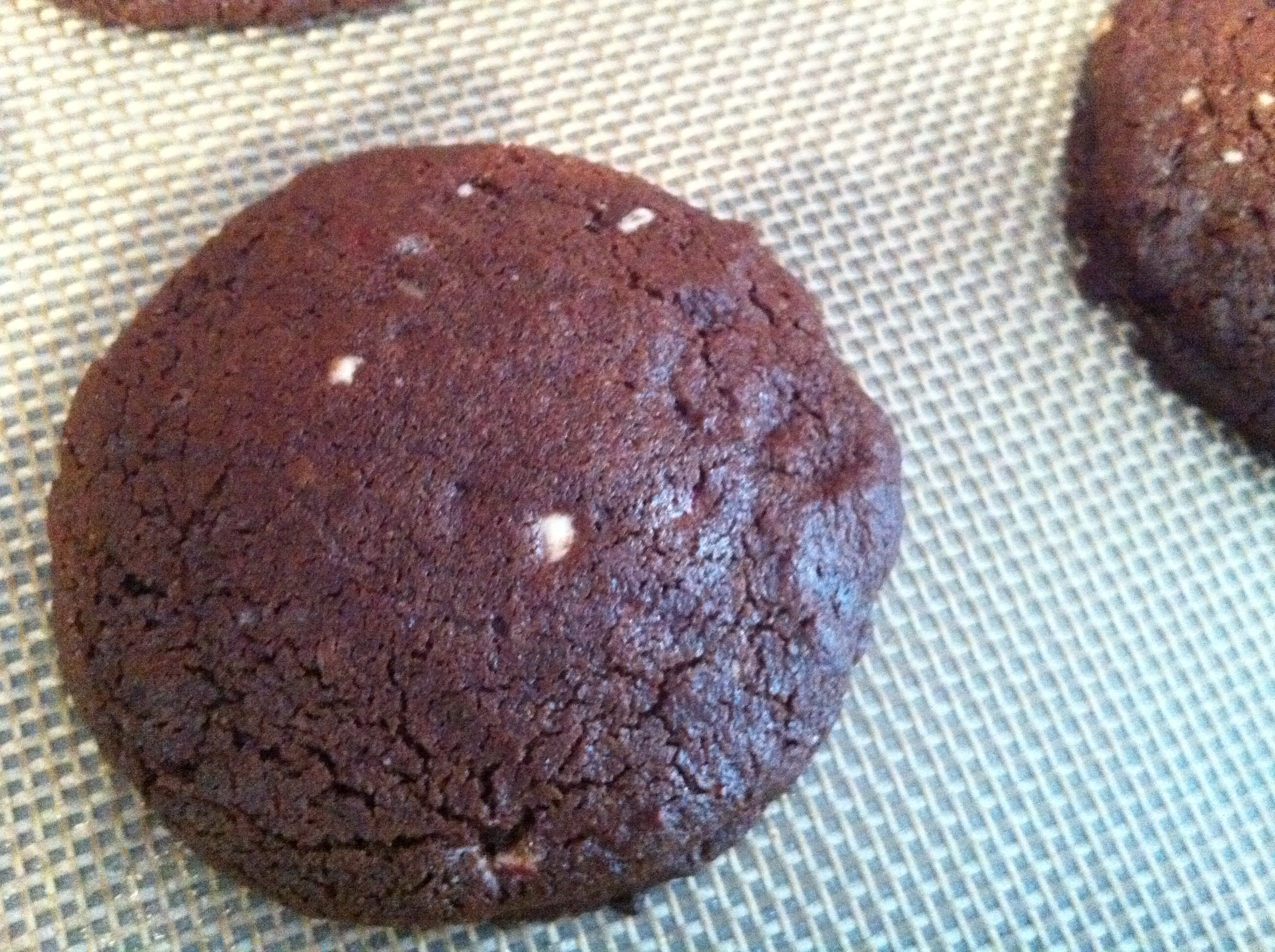I spend a lot of time sharing the secrets of my cooking and my baking, but today, I'm sharing some of the secrets of my kitchen. Actually, they're not so secret to anyone who's had a peek around my kitchen.
Oven thermometer(s)
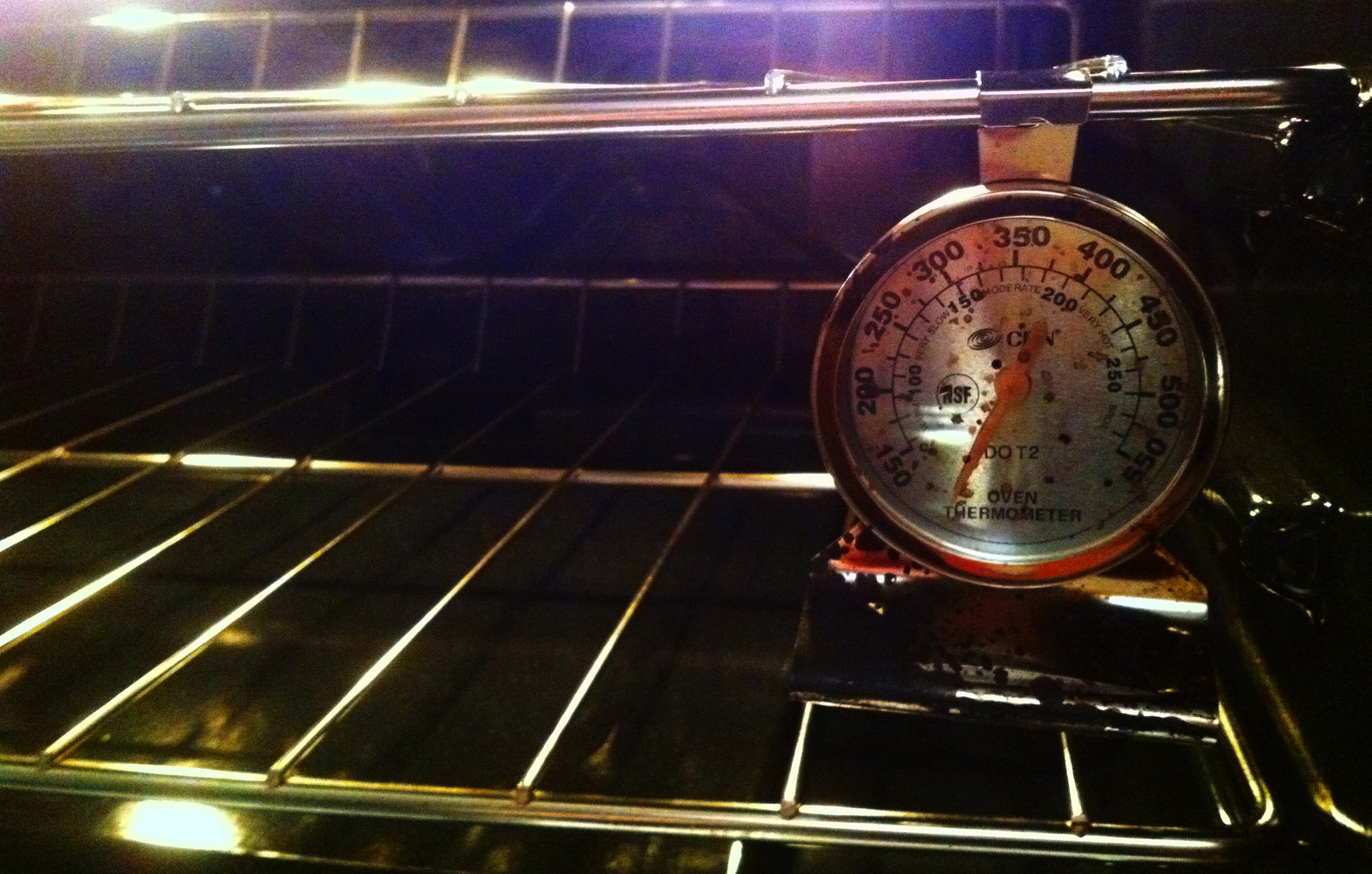
For about five dollars, you can ensure your cookies spread evenly, brownies don't get burnt, and cakes rise perfectly. Don't think it makes that much a difference? My previous oven was always off by at least 25 degrees and had this special property of non-linear gain between 275 and 400 degrees Fahrenheit - all the temperatures where it really matters in baking. Having more than one is great because over time they die out, especially if you subject them, even the high heat ones, to high heats a lot and they check each other's work.
Potholders just next to my stove and oven
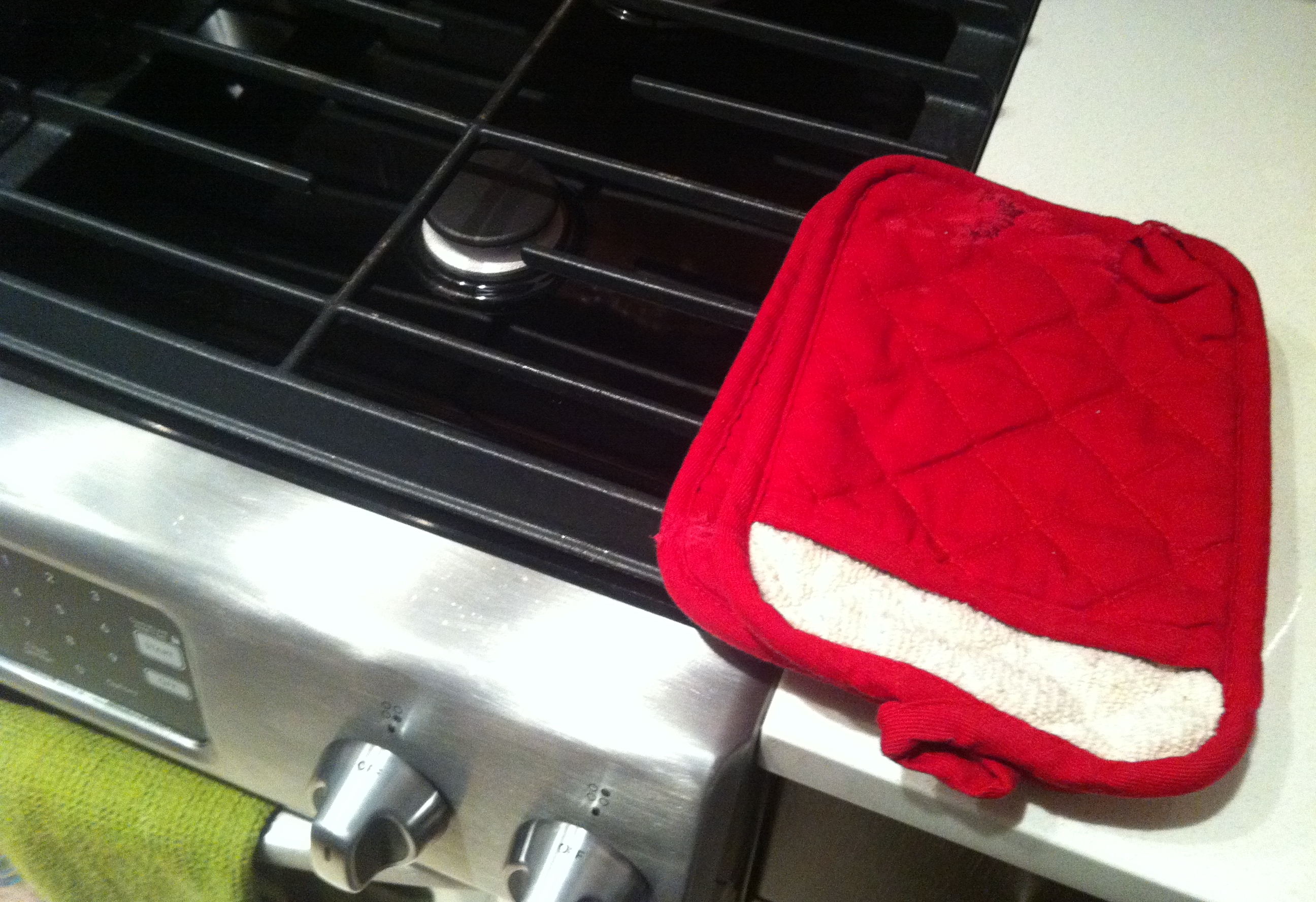
Alright, when I'm not taking this picture, they're about three inches right of my stove. It's great avoiding the need to rummage through a drawer when you weren't paying quite as much attention to what's in your oven as you should have. Yet I actually find it more useful that they are right by my stove than my oven below. Sure, part of it is that I mostly cook with cast iron and Dutch ovens whose handles always end up too hot to the touch, but potholders also make for a trivet substitute when you're taking a pot hot off the stove to make room for another.
A mat for my main kitchen counter

Maybe your kitchen isn't as tiny as mine, but nothing doubles the size of your counter quite like a large mat. It makes normal clean up quick - just throw it in the sink, soap up, and rinse - and helps you have the working space you need for more intensive cooking. It also really eased my transition from nearly 15 square feet of usable counter space to a measly almost 4 (I did move to Manhattan). I especially love the really non-stick quality of mine that makes rolling out pie crusts, turning puff pastry, and cutting scones easy.
Painter's tape and a retractable Sharpie
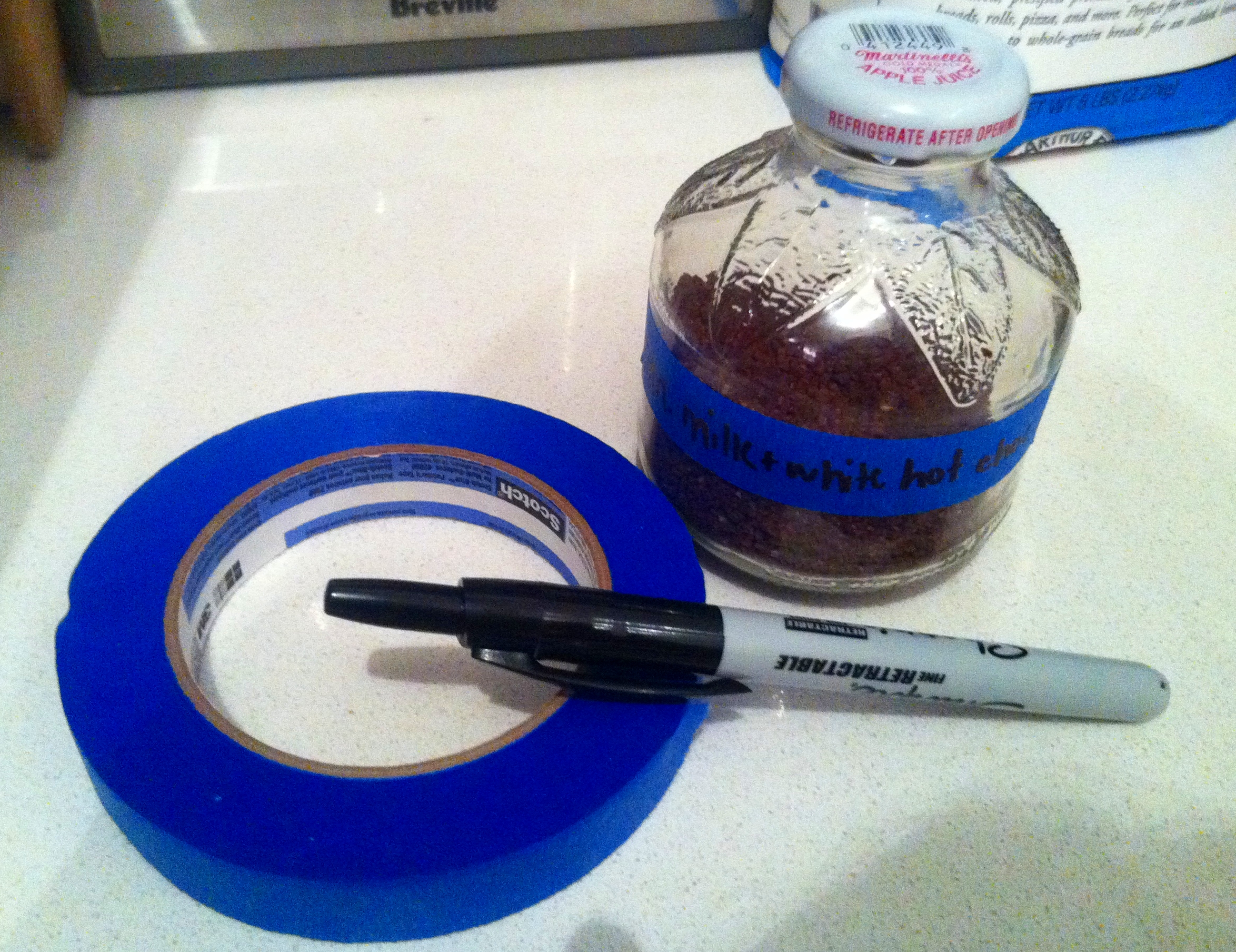
The duo of 3/4-inch blue painter's tape and the handy retractable black Sharpie makes labeling quick, easier to remove than anything else I've tried, and bold. Invaluable when you store lots of things that look like lots of other things. Or if you just have a bad memory for which spices you added to your latest hot chocolate mix.
Recipes on the inside of my cabinets
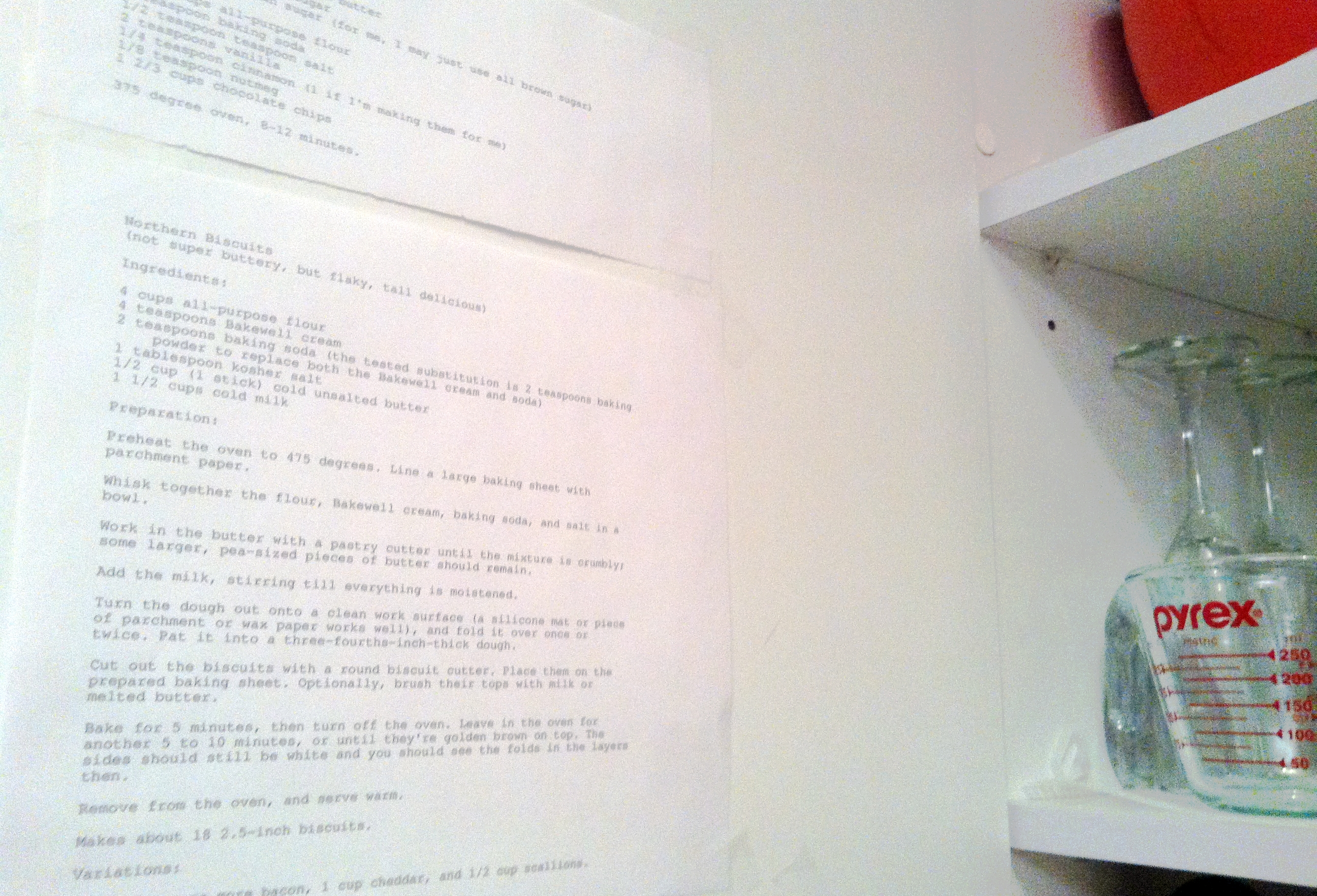
I hate dealing with books or random pieces of paper flying around my kitchen when I'm trying to beat eggs or chop onions. The insides of my above the counter kitchen cabinets are the perfect usually wasted space for pasting recipes; it's easy to just open or close the cabinet to see how many teaspoons of baking powder you need. Plus, since the recipes are usually out of view, no one has to know that you secretly love how easy and nerd chic it is to read your recipes off cheap copy paper filled with monospace type (oops, I just told you).
